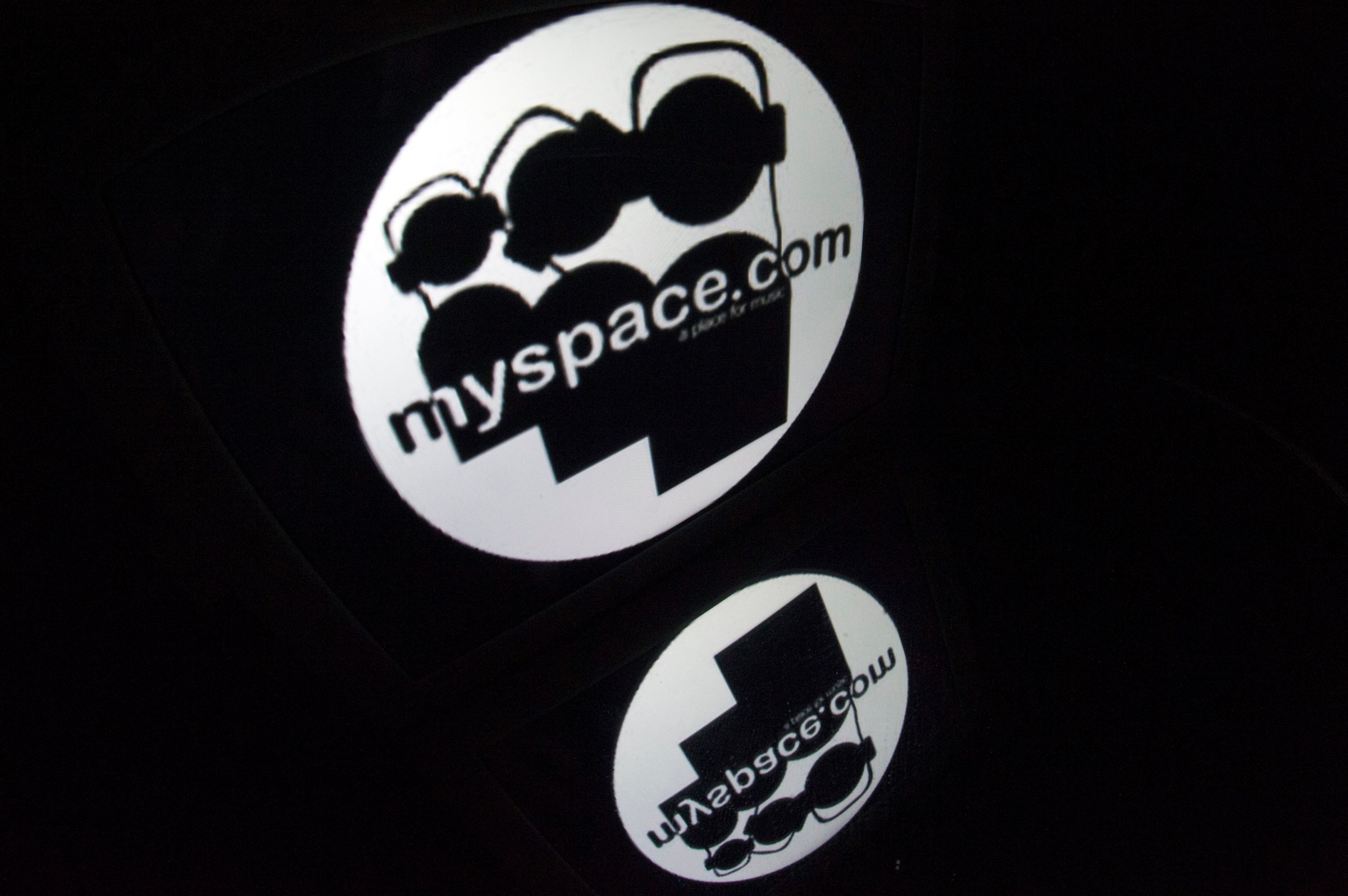
Companies like McDonalds, Apple, and Ford all have something in common: They make and sell physical stuff, be it Big Macs, computers or cars. So if you’re considering investing in one of those companies, the first thing you might look at is how much stuff it’s been selling recently — an easily-determined metric that’s a decent representation of a company’s success.
But social media companies like Facebook, Twitter or Snapchat don’t make their money by selling physical stuff. Instead, they make it by selling space to advertisers.
As with all advertisements, digital ad space is more valuable the more it gets seen. And one of the key metrics advertisers use to determine how much they’re willing to spend on a social media company’s ad space is Monthly Active Users, or MAUs.
MAUs are simple enough: Every time you log on to Facebook, Twitter, Snapchat and so on at least once a month, that platform gets one MAU.
That interest in MAUs has extended to Wall Street, where investors have come to view them as the be-all, end-all metric for judging a social media company’s potential to make money. MAUs are popular with investors and other market-watchers because they’re easy to calculate, digest and compare.
But a number emerged this week that should make us all question the MAU as the holy grail of social media metrics: 50 million. That’s the number of MAUs racked up last year by MySpace, a social media network you probably haven’t used since you signed up for Facebook. While MySpace used to be a reliable presence in ComScore’s annual list of the 50 most popular sites on the web, it hasn’t made an appearance there since 2012, when it ranked 46th.
Sure, MySpace’s 50 million figure doesn’t touch the numbers boasted by its onetime rivals: Facebook has 1.27 billion MAUs, Instagram 300 million, Twitter 284 million. But it’s still doubtful that figure is truly representative of MySpace’s shrunken userbase, even if the site still has a small but thriving community thanks to its efforts in music and video.
What explains MySpace’s probably oversized MAU count? CEO Tim Vanderhook gave us a clue in an interview with the Wall Street Journal published Wednesday: People are logging in to grab content for Throwback Thursday, a weekly social media ritual in which users post old photos of themselves with the hashtag #TBT.
“. . . We still see a lot of people coming back to access old photos,” Vanderhook told the Journal. “They may not visit every day, but they come back once a week or once a month.”
So even though some people are coming back to MySpace only weekly or monthly, that still counts as a MAU for the site. But is that the kind of user that’s truly valuable to advertisers, and, by extension, investors? If people are just treating MySpace like a nostalgia storage service, they’re not stopping to smell the roses — or pay attention to the ads.
MAUs have come under fire from other angles recently, too. Instagram last month announced it hit 300 million MAUs, 16 million more than Twitter. That generated headlines in the tech press—and on TIME.com—along the lines of “Instagram Beats Twitter.” But the backlash wasn’t far behind, with several observers arguing that Instagram and Twitter are too different to compare solely on MAUs.
Here’s Will Oremus in Slate, summing up the counter-narrative:
Instagram is indeed larger than Twitter if you look solely at monthly active users, of whom Twitter has 284 million at last count. MAUs, as they’re called, are one useful metric of a social network’s size. But they aren’t the only one. Others might include the amount of time users spend on the network, the amount of content they post, and the number of people who see that content. Look at those, and it quickly becomes impossible to say whether Instagram or Twitter is larger.
So what could replace the MAU? Ev Williams, former Chairman and CEO of Twitter and now CEO at publishing site Medium, is among those championing Time On Site, which does exactly what it sounds like. The advantage, Williams says, is that it’s a better representation of the kinds of content that users are actually finding valuable. And from an advertiser’s perspective, the more time a user spends on a site, the more likely it is they’ll interact with ad content.
“We pay more attention to time spent reading than number of visitors at Medium because, in a world of infinite content — where there are a million shiny attention-grabbing objects a touch away and notifications coming in constantly — it’s meaningful when someone is actually spending time,” wrote Williams in the wake of Instagram’s 300 million MAU announcement.
“After all, for a currency to be valuable, it has to be scarce. And while the amount of attention people are willing to give to media and the Internet in general has skyrocketed — largely due to having a screen and connection with them everywhere — it eventually is finite.”
This Is What Your Facebook Profile Looked Like Over the Last 11 Years

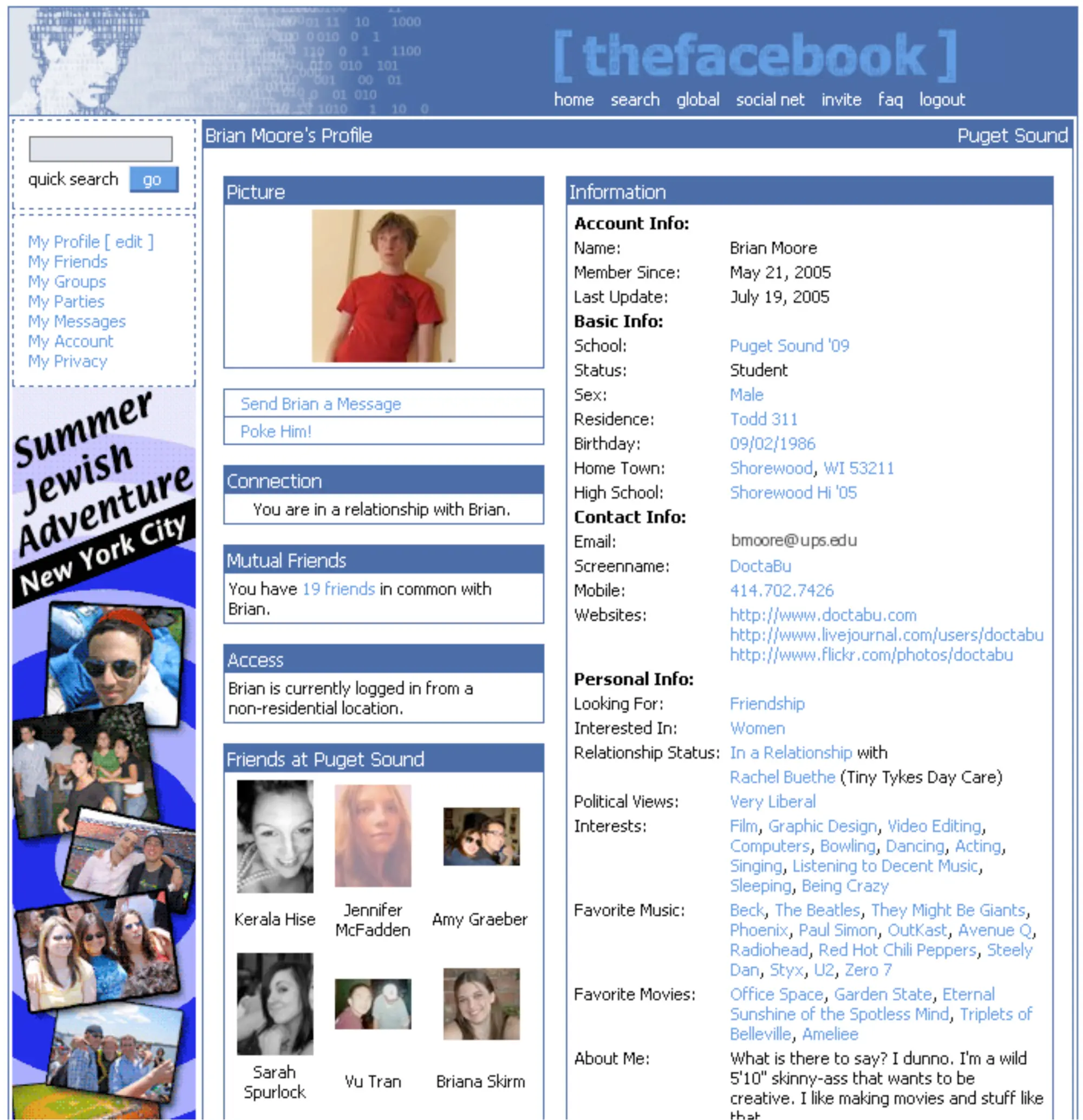
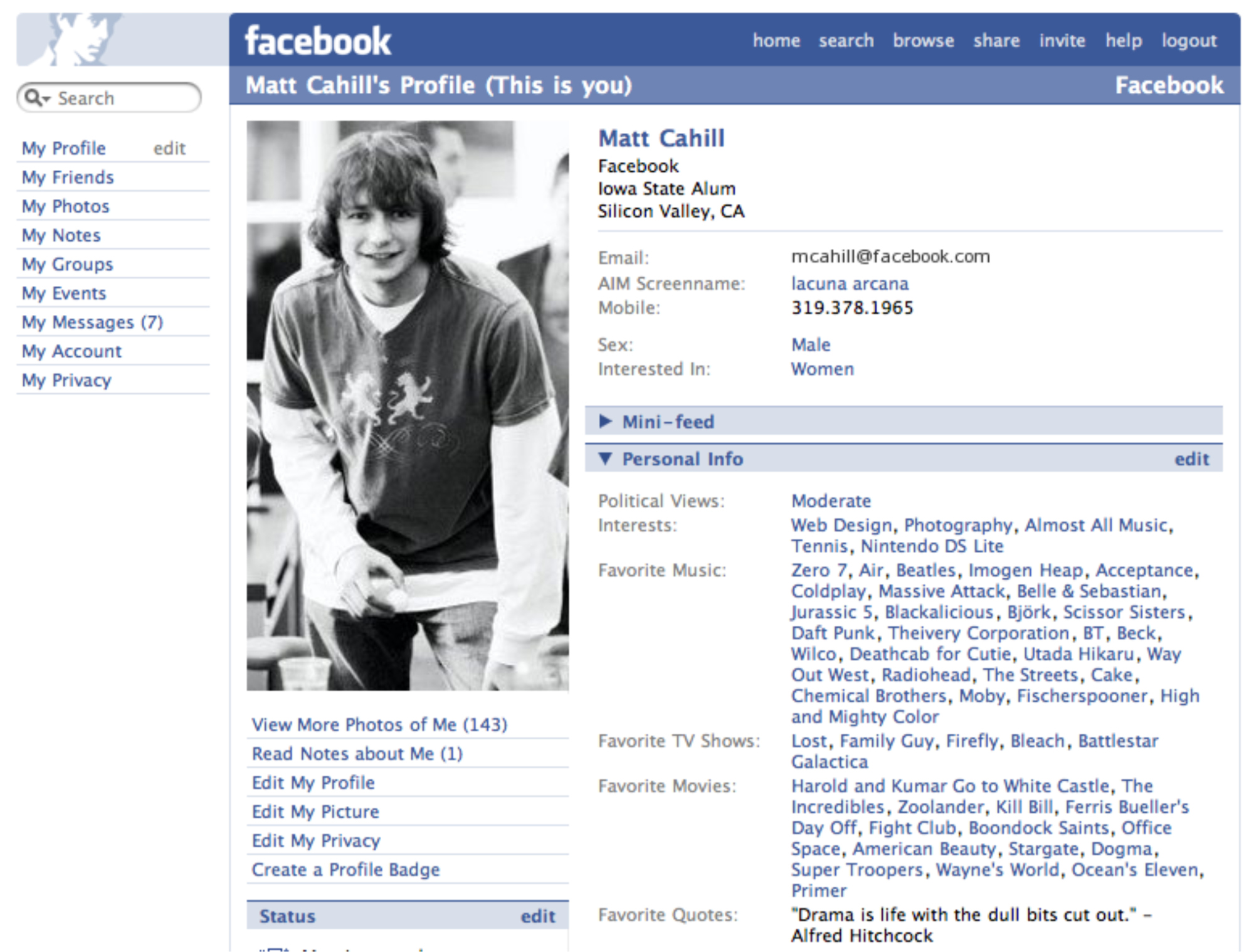
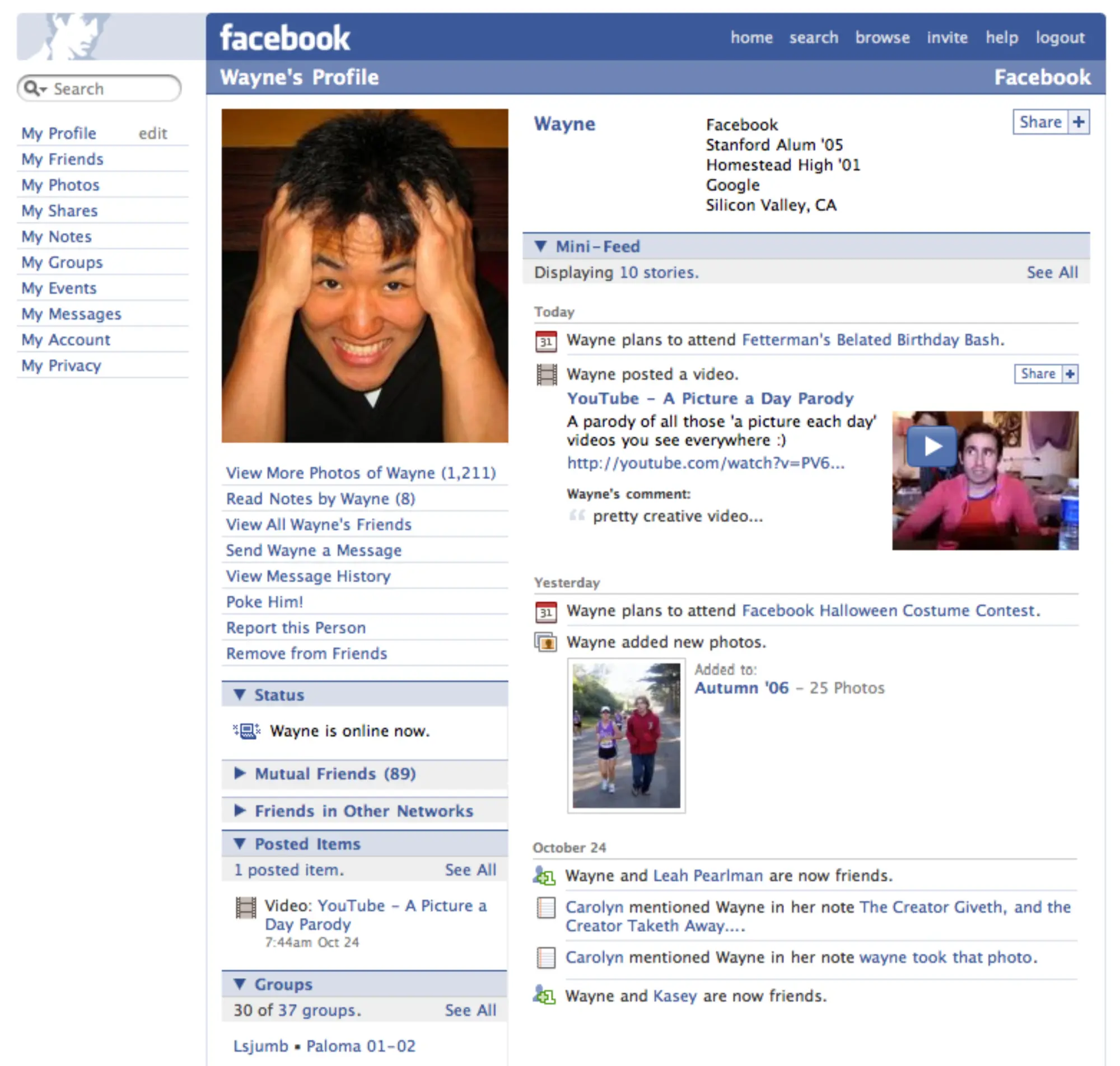
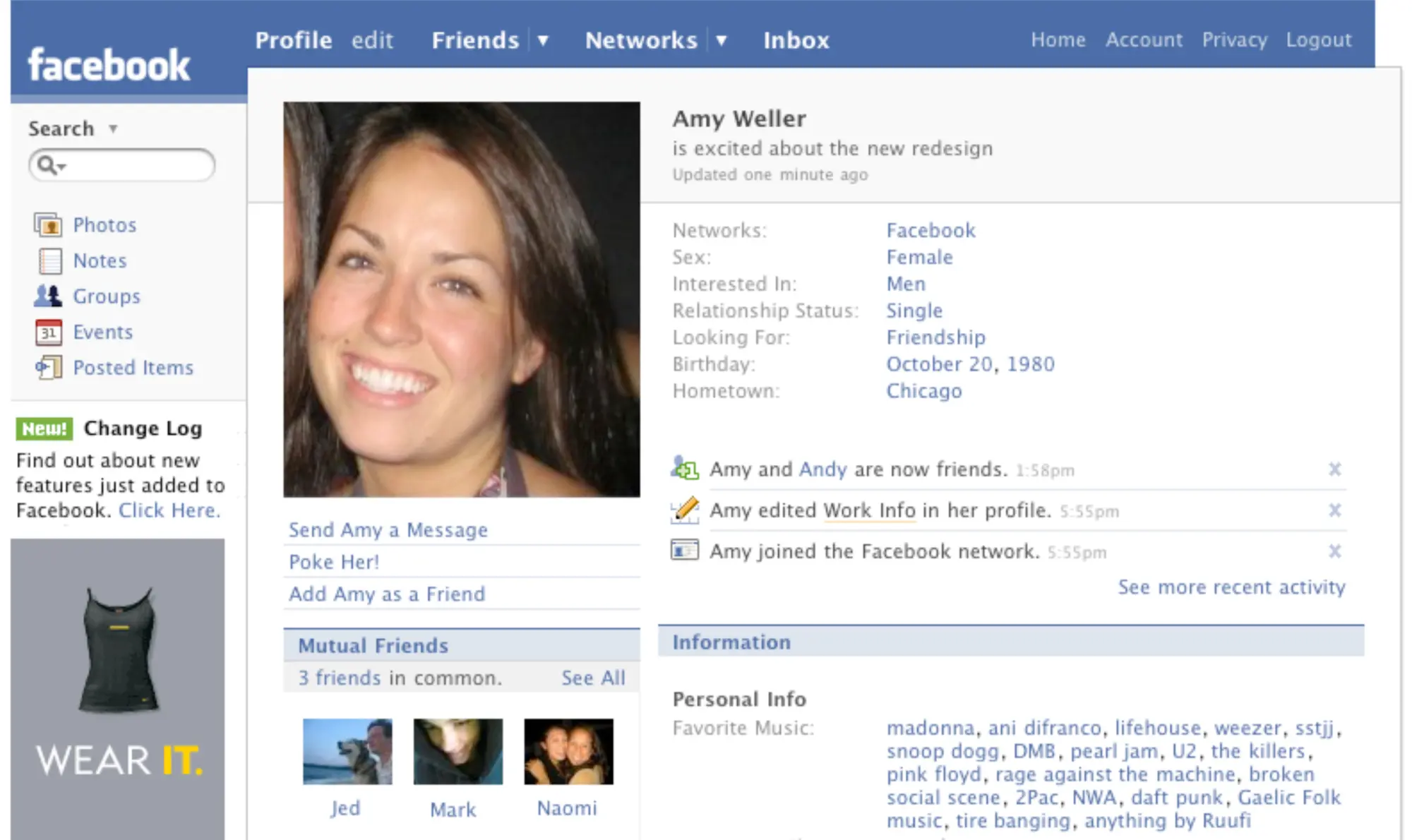

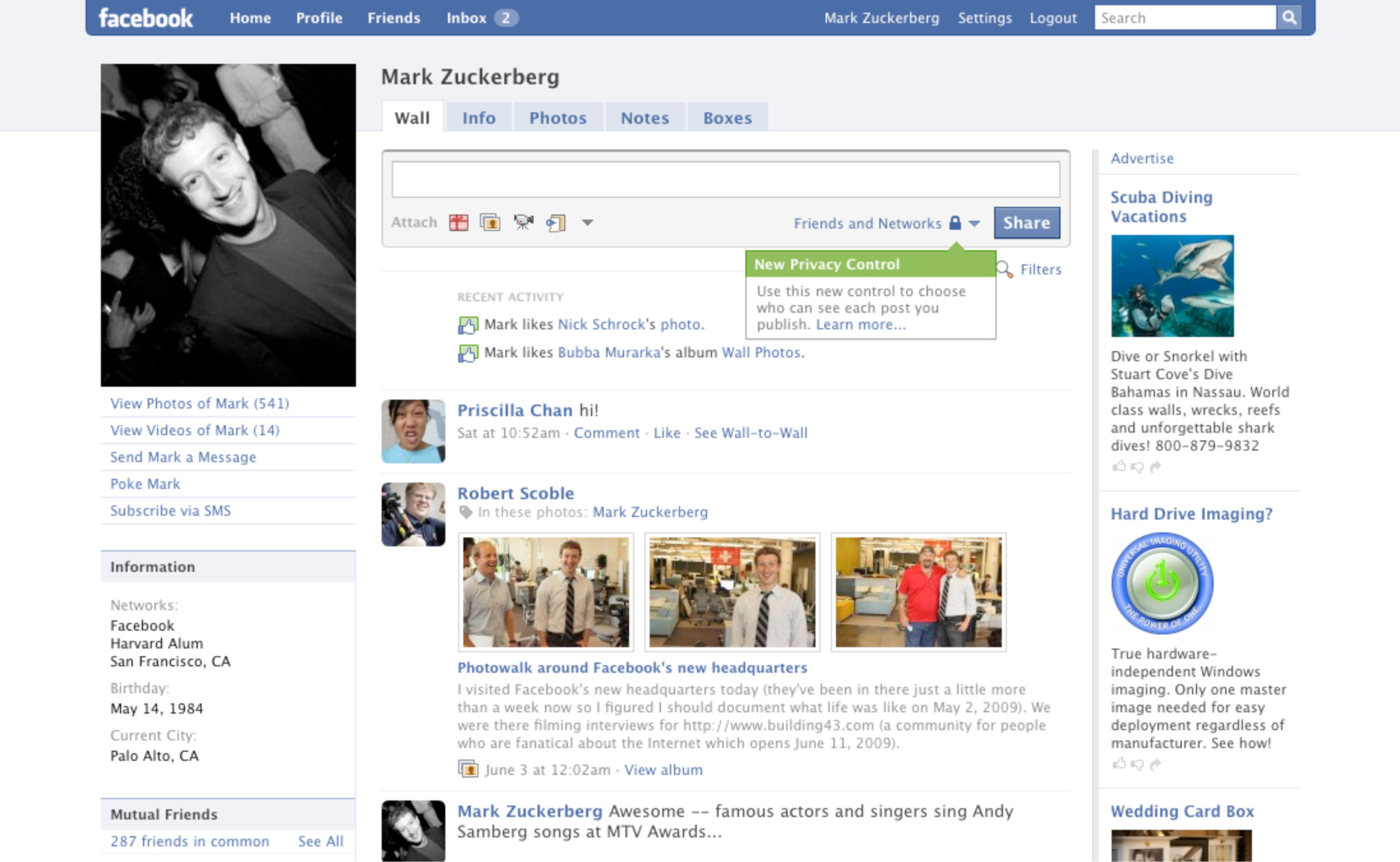
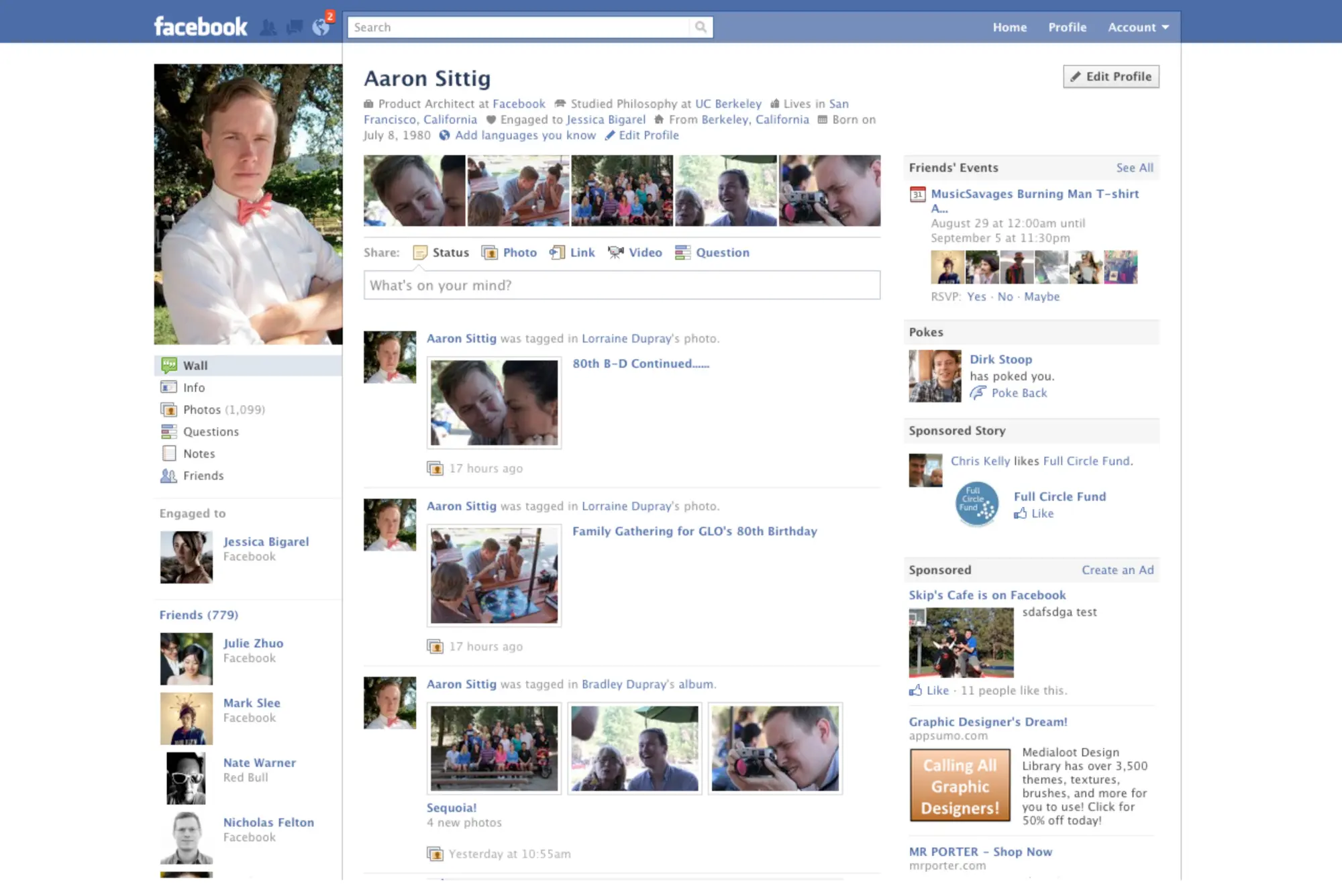


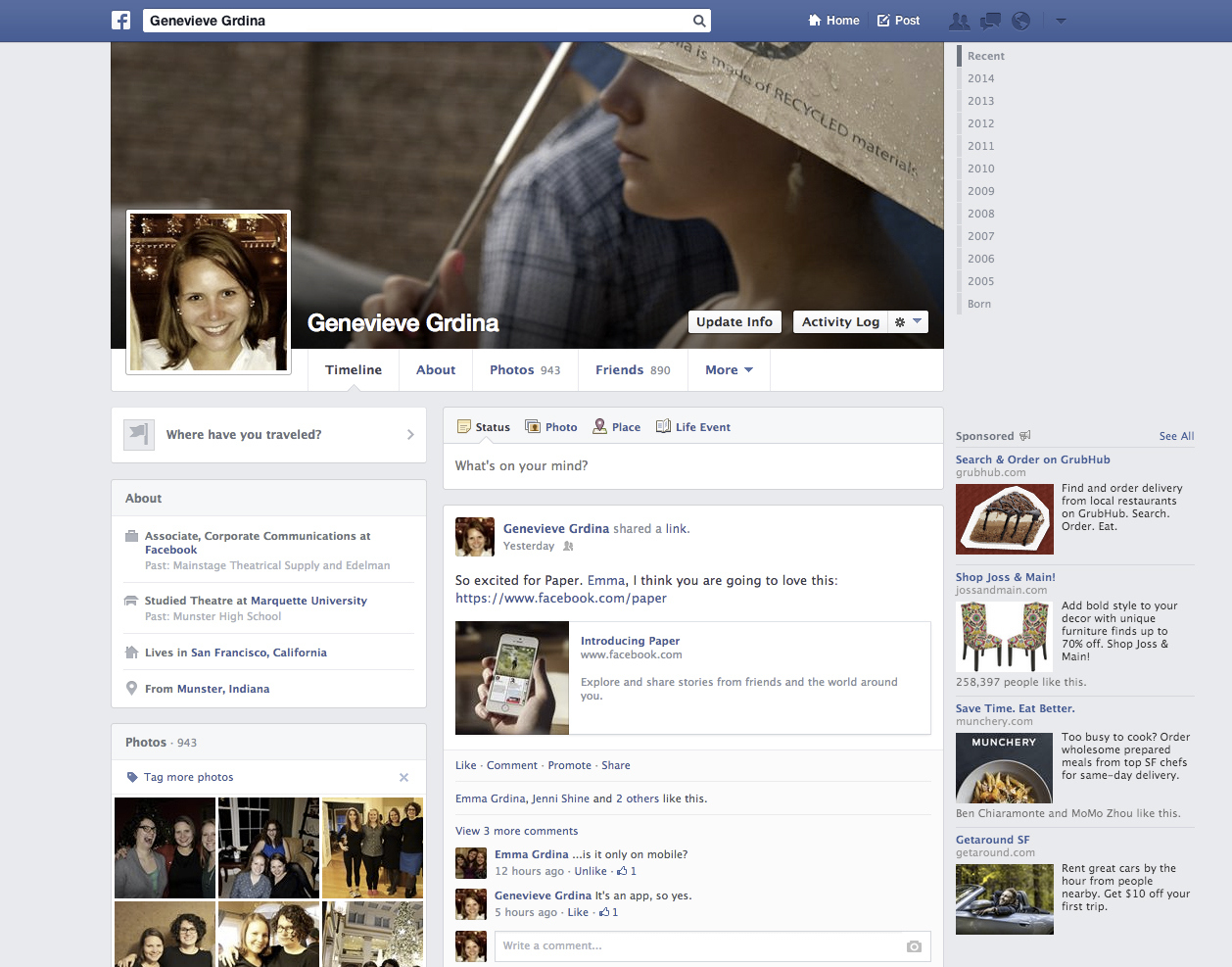

More Must-Reads from TIME
- Donald Trump Is TIME's 2024 Person of the Year
- Why We Chose Trump as Person of the Year
- Is Intermittent Fasting Good or Bad for You?
- The 100 Must-Read Books of 2024
- The 20 Best Christmas TV Episodes
- Column: If Optimism Feels Ridiculous Now, Try Hope
- The Future of Climate Action Is Trade Policy
- Merle Bombardieri Is Helping People Make the Baby Decision
Contact us at letters@time.com